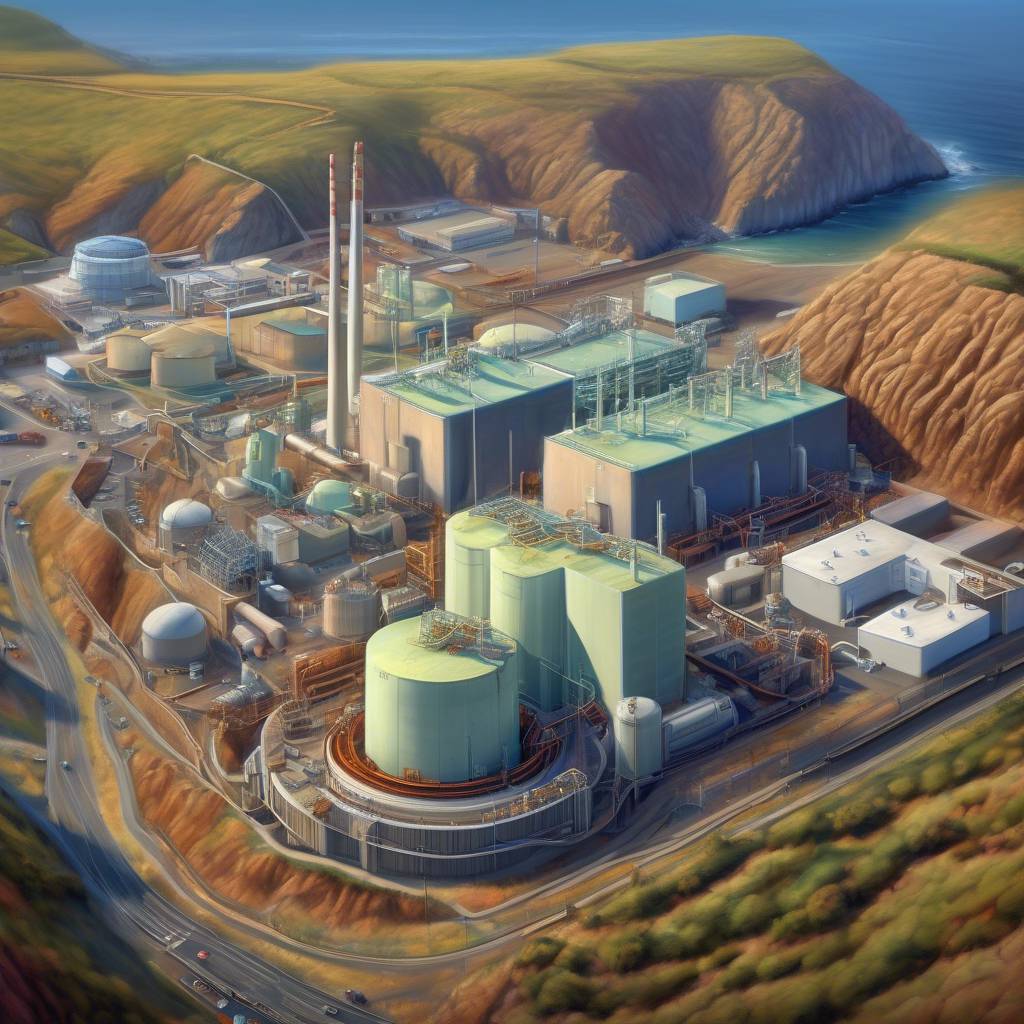The Diablo Canyon nuclear power plant in California has a complex history, with its two reactors starting operations in the 1980s after years of protests and legal battles. Despite providing around 9% of the state’s electricity, the plant was originally set to close in the 2020s. However, legislation passed in 2022 allowed Diablo Canyon to remain open until 2030, with approval from state and federal regulators for the extension. This decision marked a rare bright spot for U.S. nuclear power, which has faced challenges in recent years with aging plants and closures due to economic pressures.
The U.S. nuclear fleet is rapidly aging, with the average reactor being about 40 years old. Building new nuclear plants in the country is difficult and costly, largely due to a regulatory approach that is overly cautious about radiation risks. Regulators adhere to strict exposure limits and safety requirements based on outdated assumptions about the harmful effects of low-dose radiation. Despite growing evidence that low-dose radiation may have health benefits and be less harmful than previously believed, these attitudes persist among regulators, hindering the development of new nuclear plants.
The reluctance to embrace modern risk assessment approaches has caused the U.S. to open only two new nuclear reactors in recent decades, leading to an aging fleet that requires extensions like the one granted to Diablo Canyon. The process of decommissioning old plants is slow and costly, with estimates indicating that it will take decades and cost billions of dollars for Diablo Canyon alone. This slow pace of decommissioning, coupled with the difficulty of building new plants, has trapped the nuclear industry in a state of stagnation.
While extending the operations of Diablo Canyon may provide benefits such as grid stability and low-carbon power, it is seen as a temporary solution to the industry’s aging problem. Environmental groups are suing to force the plant’s closure, citing concerns about the risks posed by an aging facility. The ideal scenario would involve the gradual replacement of older plants like Diablo Canyon with safer and more efficient reactors, but the current regulatory environment makes this transition challenging.
The nuclear industry is in need of a regulatory approach that is based on accurate and modern radiation risk assessment. Without a paradigm shift in how risks are evaluated, the industry will likely continue to struggle with the dilemma of aging plants, reluctance to build new ones, and the arduous process of decommissioning. Overcoming this inertia will require significant changes in regulatory practices and a more proactive approach to nuclear power development in the U.S.









